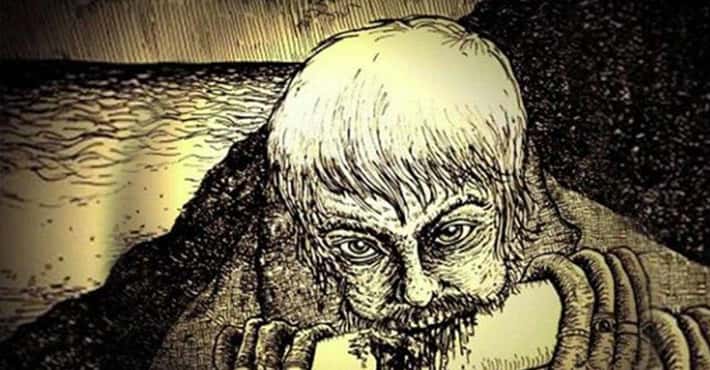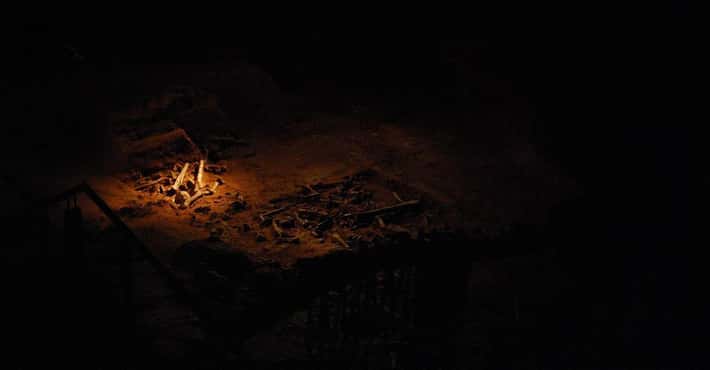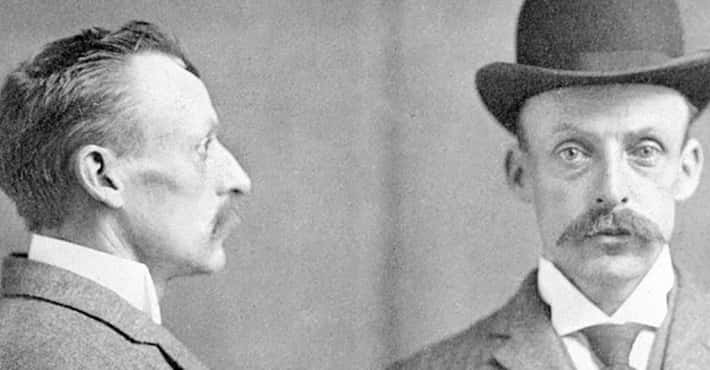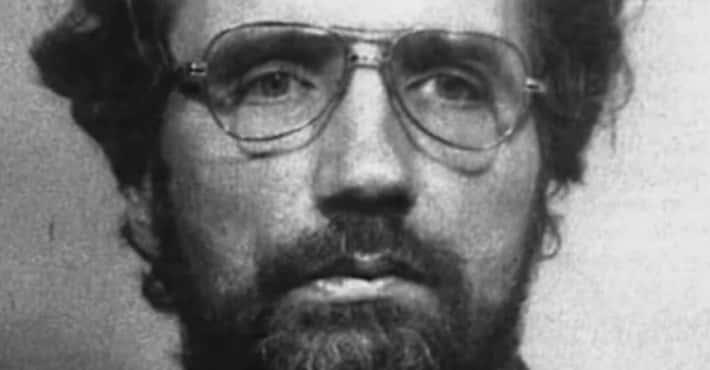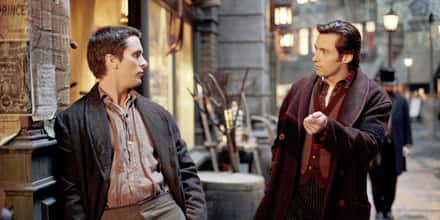The Upsetting Story Of 'The Kobe Cannibal,' Issei Sagawa
Born in Japan in 1949, Issei Sagawa was reportedly fascinated by cannibalism from an early age; however, not until 1981 did his interest turn deadly when he murdered and cannibalized one of his classmates. Despite being an admitted murderer and cannibal, Sagawa has avoided prosecution for his crimes and even made a career out of exploiting the public's interest in his actions.
From television, paintings, books, and magazines, the "Kobe Cannibal" (also known as "Pang") has created works in practically every medium (including adult entertainment), making him one of the most disturbing examples of the notoriety society bestows upon murderers and criminals.
Sagawa Allegedly Became Obsessed With Cannibalism As A Child
Born months early on April 26, 1949, Issei Sagawa was reportedly a frail and tiny infant who almost died before his mother could give birth to him. Because of his premature birth, he suffered from a number of serious health issues, including enteritis, a disease that impacts the intestines.
Sagawa's family was wealthy and successful, and he had a younger brother with whom he was very close. As a child, his father and uncle played a game with him and his brother in which they pretended to be giants who wanted to eat the two children; this allegedly contributed to Sagawa's obsession with stories of cannibalism.
As Sagawa grew from a small child into a young man, however, his fascination with cannibalism took a decidedly darker and more dangerous turn.
Sagawa Tried To Eat A Woman When He Was 23
In his teen years and early adulthood, Issei Sagawa's fascination with cannibalism developed a sexual component, and he began fantasizing about eating women's flesh, particularly that of Western celebrities like the actress Grace Kelly.
In 1972, Sagawa realized his desires when he broke into the Tokyo apartment of a young German woman with the intention of eating part of her body. Fortunately, the woman was able to overpower Sagawa, who stood only 4'9" tall.
Police arrested Sagawa for attempted sexual assault, not realizing that Sagawa had intended to also eat the woman. Sagawa's wealthy father offered the young woman money if she dropped the attempted sexual assault charges against his son, so Sagawa was never prosecuted for the crime.
Sagawa Murdered One Of His Classmates, Renée Hartevelt, While Attending The Sorbonne
In 1977, five years after his failed attempt at cannibalism in Tokyo, 28-year-old Issei Sagawa moved to Paris to study languages and literature at the prestigious Paris-Sorbonne University.
After studying and working as a writer in France for a number of years, Sagawa met 25-year-old Dutch student Renée Hartevelt in 1981. They developed a friendship after meeting at the Sorbonne, and Hartevelt regularly visited Sagawa's apartment to give him German lessons.
Sagawa, however, became obsessed with thoughts of eating his new friend's flesh, so he purchased a gun, intending to murder Hartevelt and cannibalizing her body. On June 11, 1981, Hartevelt visited Sagawa at his apartment to have dinner and practice German, and while the young Dutch student was reading poetry, Sagawa crept up behind her and fatally shot her in the neck.
Sagawa Cannibalized Hartevelt And Committed Necrophilia
After murdering Renée Hartevelt, Sagawa committed necrophilia with her corpse. Prior to killing Hartevelt, Sagawa reportedly hired a number of sex workers and brought them back to his apartment. He was interested in cannibalizing these women, not having sex with them, but each time, he couldn't bring himself to actually kill them.
Sagawa proceeded to eat pieces of Hartevelt's flesh, and he said he experienced sexual pleasure while cannibalizing her corpse. He ate some pieces of her body raw, while he cooked other parts prior to consumption.
Sagawa later purchased two suitcases in which to hide the young woman's remains.
Sagawa Was Arrested When He Tried To Dispose Of His Victim's Remains
After placing Renée Hartevelt's remains in two suitcases, Sagawa called a cab, and the taxi driver helped him place the two heavy pieces of luggage in the vehicle. Surprised by the suitcases' weight, the cab driver jokingly asked Sagawa if the bags contained a dead body before driving Sagawa to a nearby park.
Sagawa dumped the suitcases in the Bois de Boulogne, a public park in Paris, where two joggers soon discovered them. After finding Hartevelt's remains inside the luggage, the joggers alerted the police, and members of law enforcement connected the suitcases to Sagawa with the help of the cab driver who brought him to the park.
Sagawa Was Sent To A Mental Institution After His Arrest
After discovering Hartevelt's remains, French officials searched Sagawa's apartment and discovered the remnants of a meal that included cooked human flesh, as well as a photo ID card belonging to Hartevelt.
Sagawa was arrested but not tried for murdering Hartevelt. Instead, Sagawa was held in a mental hospital for two years while psychologists examined him. With the help of a prominent attorney whom his father hired, the French courts determined Sagawa was legally insane and unable to stand trial.
Sagawa was kept in a French maximum security psychiatric unit for a total of four years.
Sagawa Wrote A Book About Murder And Cannibalism While Institutionalized
During his time in the French mental hospital, Sagawa wrote and illustrated a novel called In the Fog. While the book was supposedly fiction, it told the story of a man who murdered a woman, committed necrophilia, and ate pieces of her flesh, causing many to conclude it was actually a true account of Sagawa's crimes.
Neither Sagawa's nor Hartevelt's families wanted him to publish the book, but In the Fog eventually became a bestseller and made the confessed killer a controversial celebrity in both France and Japan.
Sagawa Was Deported Back To Japan, Never Serving Prison Time For His Crimes
After spending four years in a mental institution, Sagawa's lawyer convinced French authorities his client would be better treated in a Japanese facility. Consequently, Sagawa was deported back to Japan in 1984 and immediately sent to Tokyo's Metropolitan Matsuzawa Hospital for evaluation and treatment.
Japanese psychiatrists determined Sagawa had a personality disorder, but he was not legally insane, meaning he could be held criminally responsible for the crimes he committed against Hartevelt.
French officials, however, did not want to help Japanese authorities prosecute Sagawa for murdering the young Dutch woman, and so after spending 15 months in the Tokyo hospital, he was released into his parents' care.
Sagawa Went On To Gain Celebrity Status In Japan
After being released from Matsuzawa Hospital, Sagawa capitalized on his notoriety and the public's macabre interest in his crimes by writing a weekly column in a popular Japanese tabloid magazine. In addition to writing In the Fog, Sagawa wrote and published several more novels, illustrated manga, and edited an anthology about cannibalism fantasies.
Sagawa has also made television appearances, including as a guest on cooking shows where he's eaten raw meat, alluding to his cannibalization of Renée Hartevelt.
To further support himself financially, Sagawa has sold a number of paintings, many of them featuring nude women.
Sagawa Was In An Adult Film In Which He Pretended To Cannibalize A Woman
In 1992, Sagawa appeared in Unfaithful Wife: Shameful Torture, a low-budget adult film that combined sex with extreme violence and murder. The film was about an underground club in Tokyo where women allowed themselves to be drugged and subjected to fetishistic sex.
In the film, someone begins “dismembering” one of the women, and Sagawa pretends to eat a portion of her flesh.
Years Later, French Newspapers Published Graphic Crime Scene Photos From The Case
In 1985, four years after Hartevelt's violent murder, crime scene photos were leaked to the press, and a popular French magazine published them. The images showed Hartevelt's nude body, which Sagawa mutilated and cut into pieces. The pictures' publication deeply disturbed the people of France as well as Hartevelt's family and friends.
The outrage from the photos' circulation led to one reporter's arrest for publishing the pictures, and law enforcement seized more than 200,000 copies of the magazine.
The scandal surrounding these photos also spurred members of the French justice system to find a way to deal with the notoriety caused by the celebrity cannibal.
Sagawa Has Said He Still Lives With A Desire To Eat People
Issei Sagawa's notoriety reportedly had a devastating impact on his family. His younger brother developed asthma caused by stress, his father had to resign from his job, and his mother even tried to take her own life. When Sagawa's parents died years later, he was not allowed to attend their funeral.
Sagawa, who lives on the outskirts of Tokyo and has a daily caregiver due to extreme health issues, admitted that he still has a desire to eat human flesh. While he has claimed he would never again act upon his cannibalistic urges, stating he has no desire to kill another human being, he can't help but see a beautiful woman and “wonder what she might taste like.”
Sagawa did, however, claim he ultimately regrets committing cannibalism.



